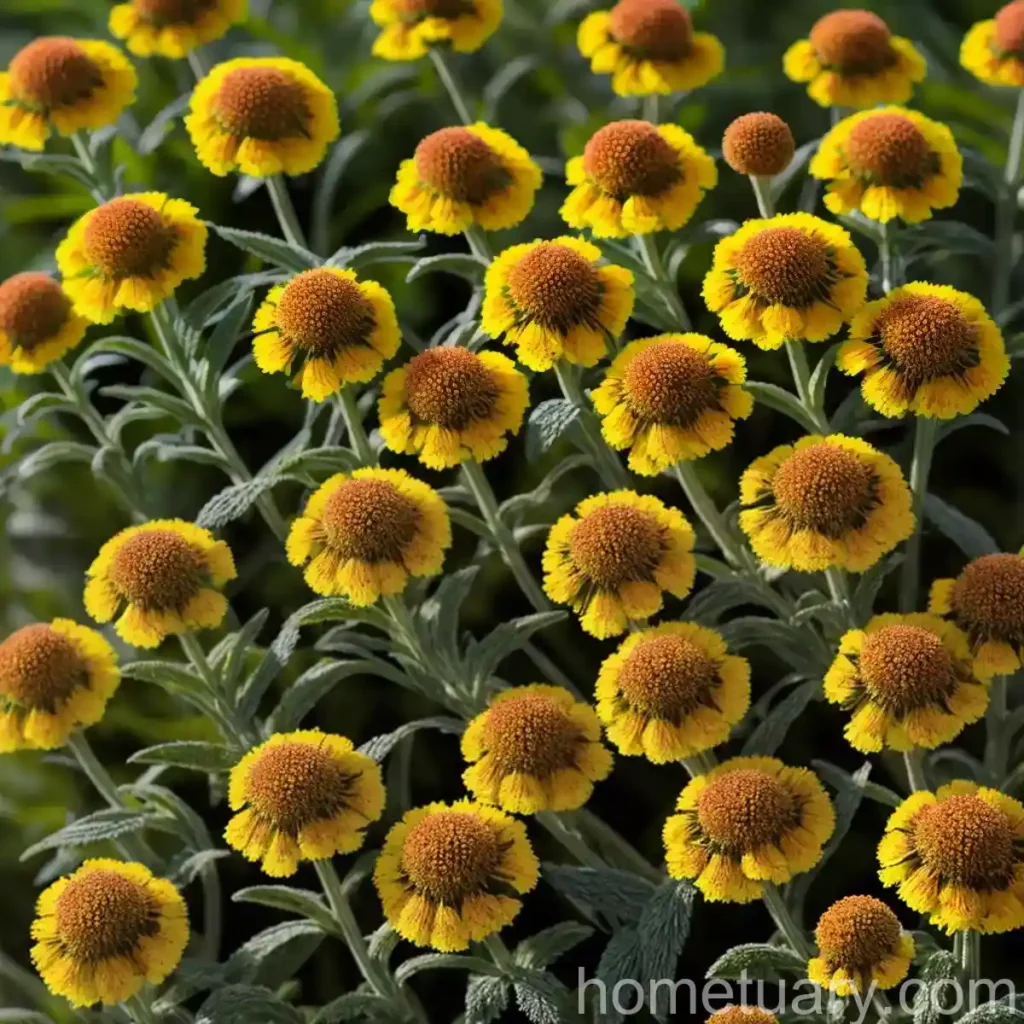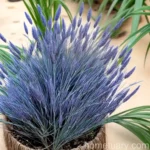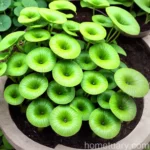Helenium ‘Luc’ (Sneezeweed) – A Comprehensive Guide for Plant Enthusiasts
Helenium ‘Luc’, commonly known as sneezeweed, is a stunning flowering plant that has garnered attention from plant enthusiasts and landscapers around the world. Its vibrant blooms and easy-care nature make it a sought-after addition to gardens, borders, and containers. In this comprehensive guide, we will delve into the characteristics, care tips, propagation, uses, and much more, to offer a holistic understanding of Helenium ‘Luc’ for both novice and experienced gardeners.
Table of Contents
- What is Helenium ‘Luc’ (Sneezeweed)?
- Key Takeaways
- Botanist’s Tips
- Fun Facts
- Links to External Resources
What is Helenium ‘Luc’ (Sneezeweed)?
Helenium ‘Luc’ is a perennial plant that belongs to the family Asteraceae. This vibrant flowering plant is native to North America and is known for its daisy-like brightly colored blooms that adorn the garden from midsummer through fall. The common name “sneezeweed” can be misleading as the plant does not actually induce sneezing. The name is derived from the historical use of its dried leaves and flowers in making snuff, which would cause sneezing when inhaled.
This plant typically reaches a height of 3 to 6 feet, depending on the variety, and forms clumps of upright stems with lance-shaped leaves. The most striking feature of Helenium ‘Luc’ is its abundance of colorful flowers, often in shades of red, orange, and yellow, that add a pop of color to the landscape.
Key Takeaways – Helenium ‘Luc’ (Sneezeweed)
Culture
- Hardiness: Helenium ‘Luc’ is hardy in USDA zones 3 to 8.
- Growth Habit: Upright, clump-forming.
- Lifespan: As a perennial, Helenium ‘Luc’ can live for many years, given the right growing conditions.
- Attracts Wildlife: The vibrant blooms of Helenium ‘Luc’ attract butterflies and other pollinators, making it a wonderful addition to wildlife-friendly gardens.
Uses
- Ornamental: Helenium ‘Luc’ is primarily grown for its ornamental value, adding vibrant color to gardens, borders, and containers.
- Cut Flowers: The long-lasting blooms of Helenium ‘Luc’ make it an excellent choice for cut flower arrangements.
Water
- Watering Needs: Helenium ‘Luc’ prefers consistently moist soil but is moderately drought-tolerant once established.
- Watering Frequency: Water deeply whenever the top inch of soil becomes dry.
Sunlight
- Sun Exposure: Helenium ‘Luc’ thrives in full sun, meaning it requires a minimum of 6 hours of direct sunlight daily.
Fertilizer
- Fertilization: Apply a balanced, all-purpose fertilizer in spring to support healthy growth and abundant flowering.
Soil
- Soil Type: Well-drained, loamy soil is ideal for Helenium ‘Luc’.
- pH Level: Helenium ‘Luc’ prefers slightly acidic to neutral soil with a pH range of 6.0 to 7.0.
Pruning
- Deadheading: Regular deadheading or removing spent flowers promotes continuous blooming and prevents self-seeding.
- Fall Cleanup: Cut back the foliage after the first frost to tidy up the plant for the winter.
Propagation
- Division: Helenium ‘Luc’ can be propagated by division in early spring or fall to rejuvenate the plant and create new specimens.
- Seed Collection: Collect and sow seeds in a well-prepared seedbed for new plantings.
Container Popularity
- Container Growing: Helenium ‘Luc’ is well-suited for container growth, adding bursts of color to patios, decks, and balconies.
- Container Size: Use a large, deep container to accommodate the plant’s extensive root system.
Common Diseases
- Powdery Mildew: Helenium ‘Luc’ is susceptible to powdery mildew, especially in humid conditions.
- Leaf Spot: Proper spacing and good air circulation can help prevent leaf spot diseases.
Common Pests
- Aphids: Keep an eye out for aphids, particularly on new growth, and control them with insecticidal soap if necessary.
- Spider Mites: Spider mites can be deterred by regularly misting the foliage to increase humidity.
Botanist’s Tips
- Companion Planting: Pair Helenium ‘Luc’ with other late-blooming perennials like asters and goldenrods to create a dynamic and long-lasting display in the garden.
- Pollinator Support: Consider leaving some spent flower heads on the plant to provide winter interest and food for wildlife.
Fun Facts
- The name Helenium is derived from Helen of Troy, in reference to the plant’s reputed medicinal qualities and its association with the tears she shed during the Trojan War.
- Helenium ‘Luc’ is not only a colorful addition to gardens but also serves as a valuable nectar source for bees and butterflies, promoting biodiversity in the garden.
Links to External Resources
For more detailed information on Helenium ‘Luc’ (Sneezeweed), you can explore the following resources:















